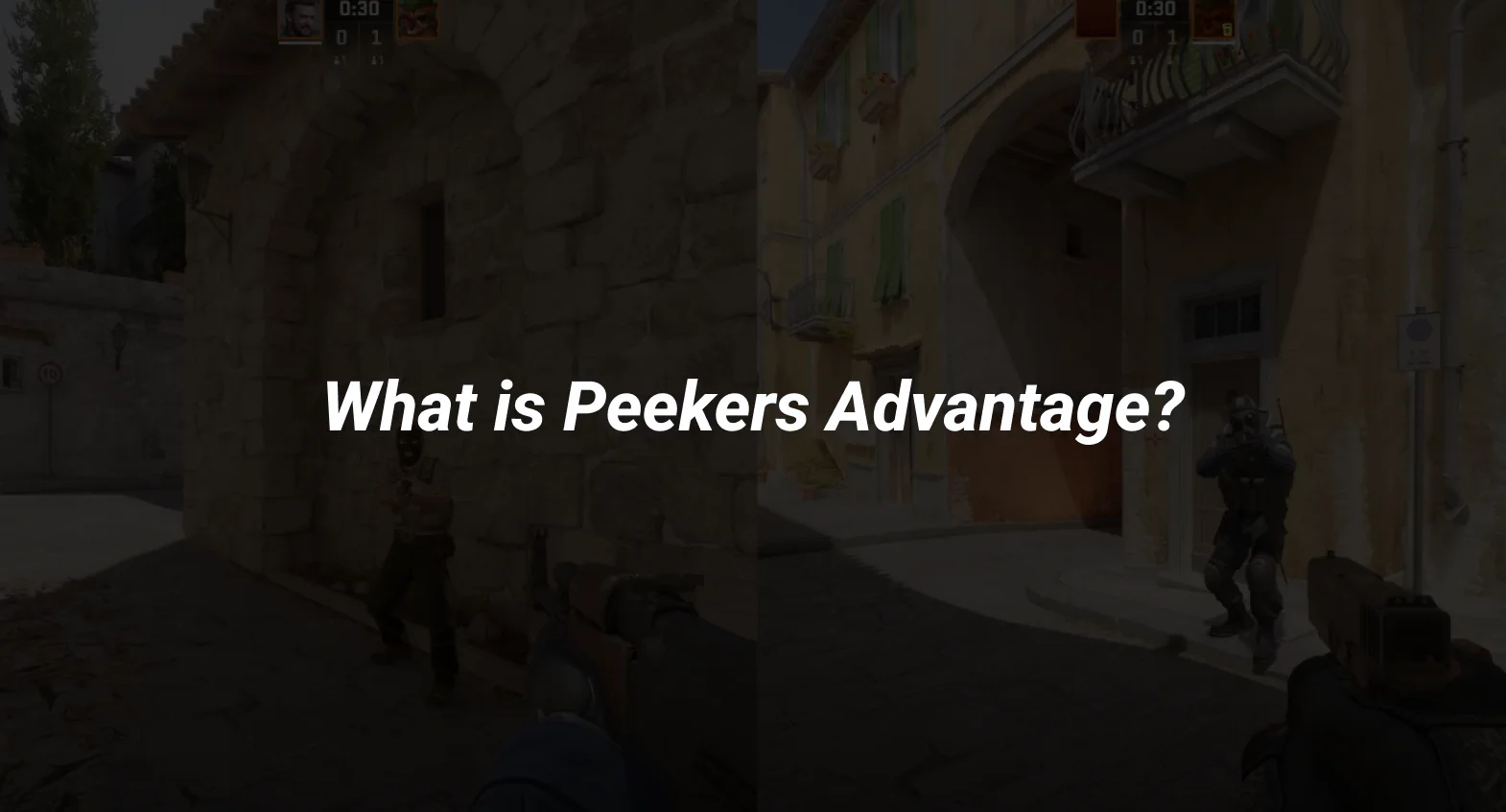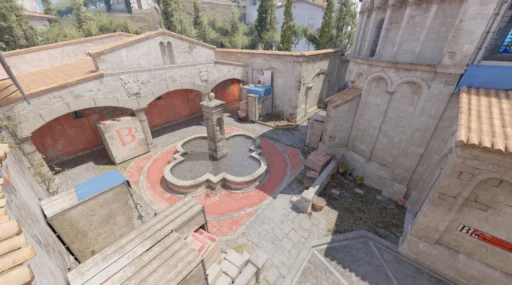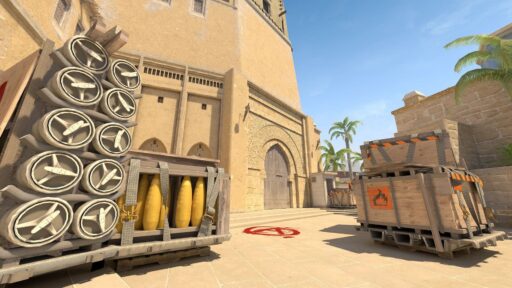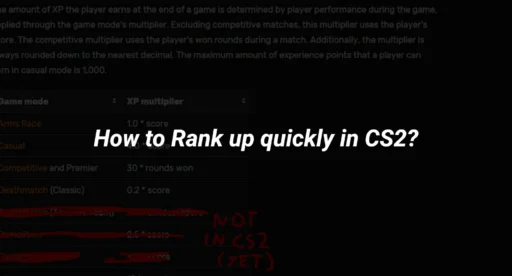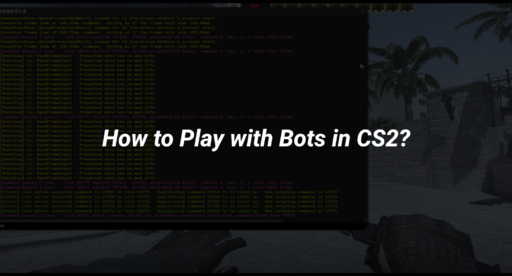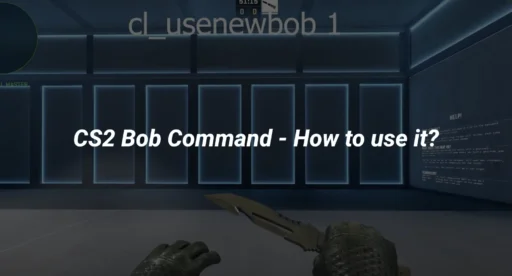Ever been in a game where you peek around a corner and spot your enemy before they even notice you? That’s what gamers call the “peeker’s advantage.” It’s a hot topic in multiplayer games, especially shooters like Counter-Strike. This article dives into what peeker’s advantage is, why it happens, and how it affects gameplay. We’ll also look at how different games handle it and what players and developers can do about it.
Key Takeaways
- Peeker’s advantage gives players who peek around corners a split-second edge in spotting opponents.
- Network latency and server architecture are the main reasons behind peeker’s advantage.
- Strategies exist to reduce peeker’s advantage, but it’s a challenge to eliminate it completely.
Understanding the Concept of Peeker’s Advantage
Origins and Definition of Peeker’s Advantage
Peeker’s advantage is a term you might hear a lot in the world of online gaming, especially in first-person shooters. So, what is peekers advantage? It’s that moment when a player peeks around a corner and seems to spot their opponent a split second before being seen themselves. This isn’t just about quick reflexes; it’s tied to the way online games handle data transmission. The concept originated from the inherent delays in network communication, where milliseconds can make a huge difference in gameplay.
The Role of Network Latency in Peeker’s Advantage
Network latency is like the villain in this story. Every time you perform an action, like peeking, your game client sends this information to the server, which then relays it to other players. This takes time, even if it’s just milliseconds. These tiny delays give the peeker an advantage, allowing them to see and react to opponents before the opponents realize what’s happening. Think of it like a fast forward replay, where the peeker’s actions are slightly ahead of the game.
Impact on Gameplay Dynamics
The impact on gameplay dynamics is significant. For players, especially in competitive settings like “peekers advantage cs2,” this can mean the difference between winning and losing a match. It changes how players approach corners and engage in fights. Some players adapt by using strategies like “copy crosshairs” from successful players to improve their own peeking tactics. Meanwhile, others might focus on understanding “what is adr” (average damage per round) to adjust their playstyle and counteract this advantage.
Peeker’s advantage isn’t just a technical glitch; it’s a fundamental part of how online games work. While it can be frustrating, understanding it can help you adapt and even turn it to your advantage in games like CS2.
Technical Aspects of Peeker’s Advantage
Client-Server Architecture and Its Influence
In online games like CS2, the client-server architecture plays a huge role in peeker’s advantage. The server acts as a middleman, processing and relaying information between players. This structure, while essential for fairness and synchronization, introduces delays. When you peek around a corner, your action must travel to the server and back to your opponent’s screen. This lag, even if it’s just milliseconds, gives you a slight edge.
Latency and Data Transmission Delays
Latency is the time it takes for your actions to be communicated to the server and then to other players. In modes in CS2, this delay can make or break a match. It’s like a race where you get a head start. The quicker your data reaches the server and your opponent, the better your chances of winning a gunfight. High latency can make peeker’s advantage feel more pronounced, affecting your gameplay strategy.
Network Optimization Strategies
To tackle peeker’s advantage, optimizing your network is key. Here are some steps you can take:
- Use a wired connection instead of Wi-Fi to reduce latency.
- Close unnecessary applications that might hog bandwidth.
- Choose game servers closer to your location.
In CS2, understanding these technical aspects can feel like trying to moonwalk like Michael Jackson—tricky but rewarding if you get it right. The “CS2 Michael Jackson peek” is a playful nod to the smoothness and precision players aim for when leveraging peeker’s advantage.
By grasping these concepts, you can adjust your gameplay and potentially turn the tide in competitive matches.
Strategies to Mitigate Peeker’s Advantage
Tactical Approaches for Players
To counter peeker’s advantage, players need to adopt strategic gameplay tactics. Here are a few methods:
- Positioning: Always be aware of your position relative to potential peeking spots. Use cover effectively and avoid predictable movement patterns.
- Sound Cues: Listen carefully for footsteps or other audio cues that can indicate an opponent’s approach.
- Pre-aiming: Anticipate where an opponent might appear and aim at that spot beforehand.
Understanding and adapting to peeker’s advantage can significantly improve your gameplay. By anticipating peeks and adjusting your tactics, you can level the playing field.
Game Design Considerations
Game developers can take several steps to minimize peeker’s advantage:
- Server Tick Rate: Increasing the server tick rate can help reduce the latency that contributes to peeker’s advantage.
- Latency Compensation: Implementing advanced algorithms to compensate for latency can make gameplay fairer.
- Network Constraints: Limiting the maximum allowable ping can prevent players from exploiting high latency.
Community and Developer Initiatives
Both the gaming community and developers play a role in addressing peeker’s advantage:
- Education: Educating players about the existence and implications of peeker’s advantage can lead to more mindful gameplay.
- Feedback: Developers should encourage feedback from the community to identify problematic areas and potential solutions.
- CS2 Binds: Utilizing custom binds in games like CS2 can help players quickly adapt their controls to better handle peeker’s advantage.
By understanding these strategies, players and developers alike can work towards creating a more balanced gaming experience.
Comparative Analysis in Different Games
Peeker’s Advantage in Counter-Strike: Global Offensive vs. Counter-Strike 2
When you look at peeker’s advantage in Counter-Strike: Global Offensive (CS:GO) and its successor, Counter-Strike 2 (CS2), you’ll notice some interesting differences. CS:GO, released in 2012, made strides in networking and game engine technologies, yet peeker’s advantage remained a persistent issue. The game’s fast-paced nature and focus on quick decision-making heightened the impact of this advantage.
In CS2, peeker’s advantage seems to have grown even more prominent. Despite technological advancements like sub-tick technology, the way these improvements have been implemented hasn’t fully addressed the issue. In CS:GO, your ping standardized the delay in interactions, but in CS2, each player’s ping affects the delay differently. This can make the advantage feel exaggerated at times.
Impact on Competitive Gaming
Peeker’s advantage plays a significant role in competitive gaming. In high-stakes matches, where every millisecond counts, the player who peeks often gains a crucial edge. This can lead to frustration among players who feel disadvantaged by network latency or differences in ping.
Here are a few ways peeker’s advantage impacts competitive gaming:
- Strategic Positioning: Players might adopt more aggressive tactics to exploit peeker’s advantage.
- Game Balance: Developers must constantly tweak game mechanics to ensure fairness.
- Community Feedback: Players’ perceptions of fairness can influence a game’s reputation.
Technological Advancements and Their Effects
As technology evolves, the gaming industry continuously seeks to minimize peeker’s advantage. Advances in server technology, network infrastructure, and game engines aim to create a more level playing field. However, these improvements can sometimes have unintended consequences.
- Server Upgrades: Faster servers reduce latency but require significant investment.
- Network Optimization: Better routing and data transmission can help, but it’s challenging to implement universally.
- Game Engine Innovations: New engines can offer smoother gameplay but may introduce new bugs or issues.
Understanding peeker’s advantage and its implications across different games can help developers and players alike navigate the challenges of competitive gaming. While it’s unlikely to disappear entirely, ongoing efforts to mitigate its effects are essential for a fair and enjoyable gaming experience.
Conclusion
So, there you have it. Peeker’s advantage is a quirky little thing in the world of online gaming, especially in games like Counter-Strike 2. It’s all about those milliseconds that can make or break a match. While it might seem like a small edge, for those who know how to use it, it can be a game-changer. The tech behind it is pretty complex, tied up with how the internet works and how fast data travels. But even if we can’t get rid of it completely, understanding it can help players tweak their strategies. So next time you’re in a match, remember to use that peeking to your advantage, and maybe you’ll come out on top.


